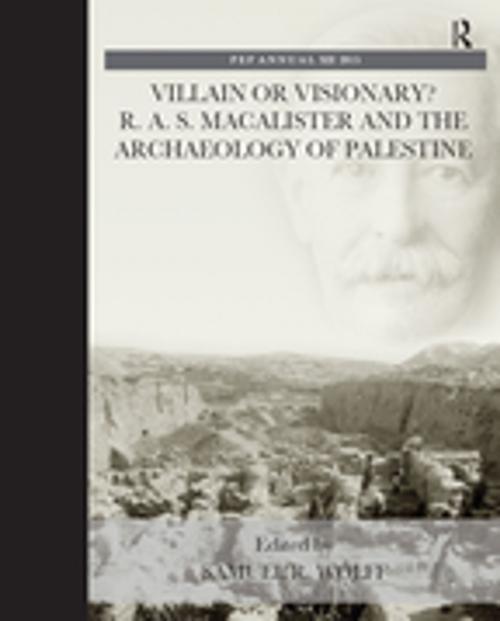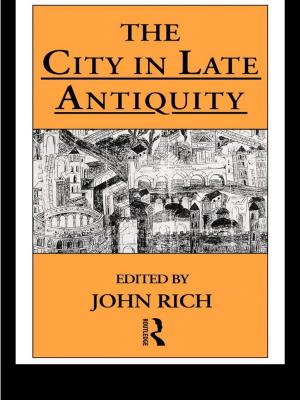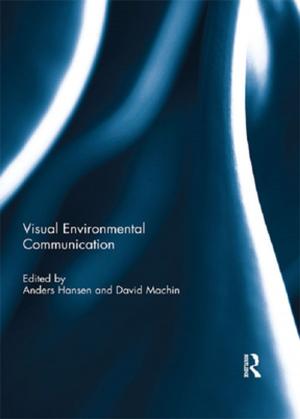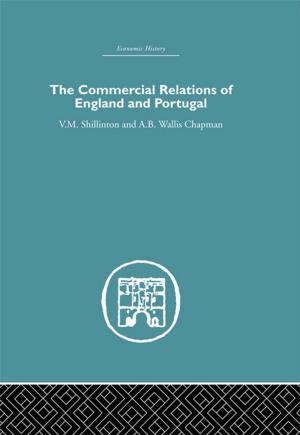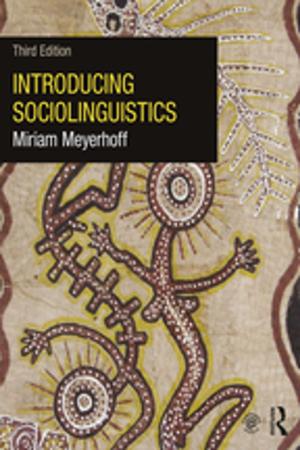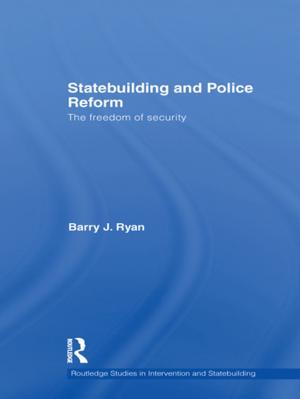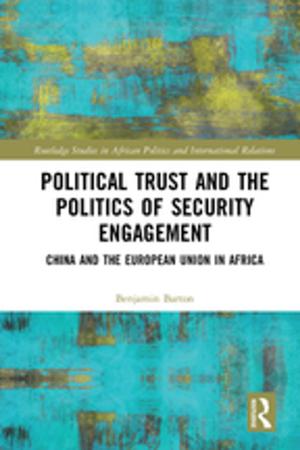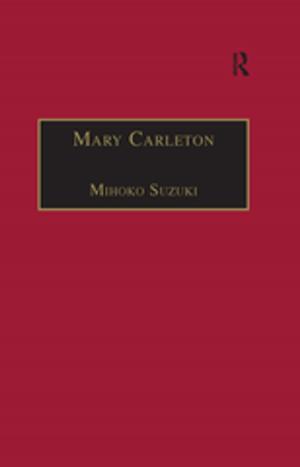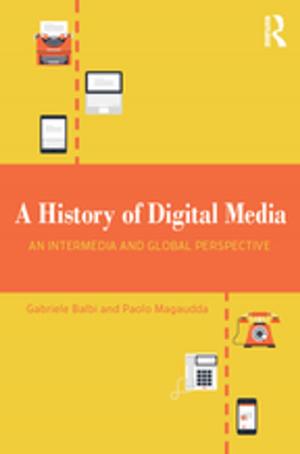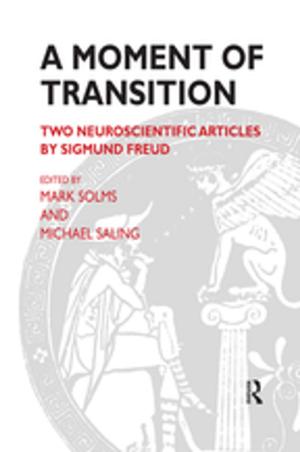Villain or Visionary?
R. A. S. Macalister and the Archaeology of Palestine
Nonfiction, Social & Cultural Studies, Social Science, Archaeology| Author: | SamuelR. Wolff | ISBN: | 9781351537698 |
| Publisher: | Taylor and Francis | Publication: | July 5, 2017 |
| Imprint: | Routledge | Language: | English |
| Author: | SamuelR. Wolff |
| ISBN: | 9781351537698 |
| Publisher: | Taylor and Francis |
| Publication: | July 5, 2017 |
| Imprint: | Routledge |
| Language: | English |
R.A.S. Macalister is an important but controversial figure in the history of Palestinian archaeology. This volume celebrates the centennial of the publication of his excavations at Tel Gezer (1912), conducted under the auspices of the PEF. This excavation was the most ambitious one of its time in the land, yielding important architectural remains and thousands of artefacts, including the well-known Gezer Calendar. The contributions of several eminent scholars reflect on the man and his work, and also report on how his work influenced the understanding of the sites he excavated in Palestine, all of which are currently being re-investigated. It is also richly illustrated with images from the PEF archives.Evaluations of Macalister's work vary tremendously and are reflected here. Many learnt from him, others deplored his methods and record keeping. As one contributor puts it, 'an industrious archaeologist but an awful excavator', and a man who was both admired and intensely disliked: regarded as both a villain and a visionary. But it is generally agreed that he is a figure who cannot be ignored, and anyone interested in Palestinian archaeology will find a great deal to learn from this book.
R.A.S. Macalister is an important but controversial figure in the history of Palestinian archaeology. This volume celebrates the centennial of the publication of his excavations at Tel Gezer (1912), conducted under the auspices of the PEF. This excavation was the most ambitious one of its time in the land, yielding important architectural remains and thousands of artefacts, including the well-known Gezer Calendar. The contributions of several eminent scholars reflect on the man and his work, and also report on how his work influenced the understanding of the sites he excavated in Palestine, all of which are currently being re-investigated. It is also richly illustrated with images from the PEF archives.Evaluations of Macalister's work vary tremendously and are reflected here. Many learnt from him, others deplored his methods and record keeping. As one contributor puts it, 'an industrious archaeologist but an awful excavator', and a man who was both admired and intensely disliked: regarded as both a villain and a visionary. But it is generally agreed that he is a figure who cannot be ignored, and anyone interested in Palestinian archaeology will find a great deal to learn from this book.
